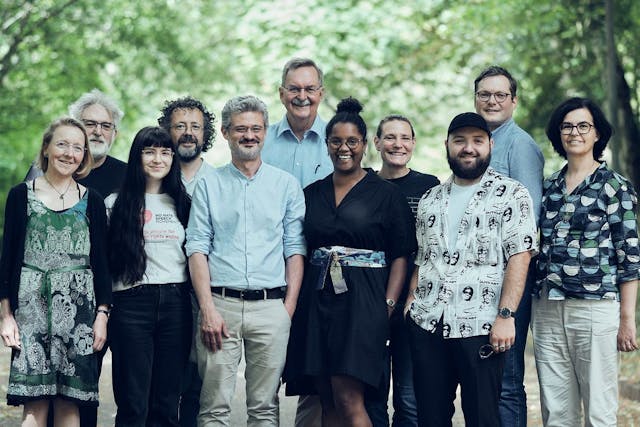People in the EU are working longer hours, but not all of them

LinkedIn Sales Solutions
According to Eurostat, in 2024 the working life expectancy of a 15-year-old European is 37.2 years - 2.4 years more than a decade ago. However, this average masks a huge difference between countries. In the Netherlands it is a record 43.8 years, followed by Sweden (43.0) and Denmark (42.5). At the bottom of the ranking are Romania (32.7 years), Italy (32.8) and Bulgaria, Greece and Croatia (34.8 each).
The gender gap in working life remains noticeable: men work for an average of 39.2 years, while women work for 35.0 years. Moreover, women in Estonia (42.2 years), Sweden (42.0) and the Netherlands (41.8) show indicators comparable to those of men. In Italy, however, women work only 28.2 years, in Romania 29.2 years and in Greece 31.1 years. These differences indicate not only inequalities of opportunity, but also structural features of labour markets and the role of women in society.
The calculation methodology is based on demographic data and the proportion of employed and unemployed in each age segment. Thus, the indicator does not reflect a continuous career, but gives a general idea of how many years an average person spends in working life.
In the long term, working life expectancy in the EU is rising, due to later retirement and increased female employment. However, this growth may be limited in the future: demographic ageing, labour automation and precarious forms of employment (including freelancing and temporary contracts) may change this trend.
The indicator also has political significance: it is taken into account in calculating the sustainability of pension systems, in determining the retirement age and in designing labour market measures. It is becoming an important indicator not only of economic activity but also of social sustainability in general.





